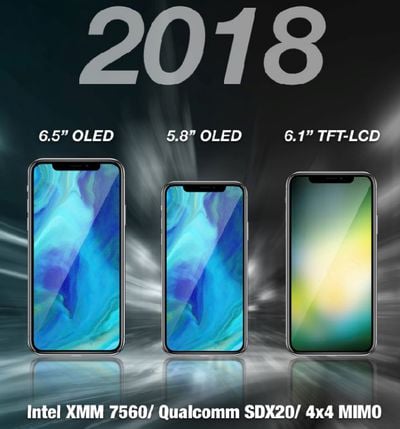We're just a few days away from Black Friday in the United States, and today a few authorized Apple resellers -- B&H Photo and Adorama -- have kicked off holiday savings with discounts on a variety of Apple products and related accessories. These include deals on the latest iMacs, MacBook Pros, iPad Pros, Beats headphones, and even a few older models from previous generation devices.
B&H Photo
For B&H Photo, the retailer has launched its Black Friday Apple sale with discounts that hit brand-new 2017 MacBook Pro and iMac models, and even include the Mac Pro and Mac mini from 2013 and 2014 respectively. A few discounts on Beats By Dre headphones are also matching similar sales at Apple, although Amazon and Best Buy still have the best prices on some of these accessories.
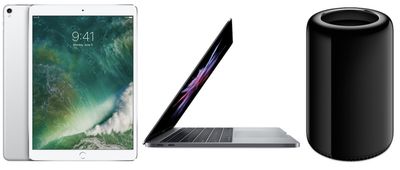 Note: MacRumors is an affiliate partner with B&H Photo and Adorama. When you click a link and make a purchase, we may receive a small payment, which helps us keep the site running.
Note: MacRumors is an affiliate partner with B&H Photo and Adorama. When you click a link and make a purchase, we may receive a small payment, which helps us keep the site running.
Below we've compiled a list of some of the products in the B&H Photo sale. You can also visit our Black Friday Roundup for additional listed sales, as well as B&H Photo's Rebates & Promotions page for the full list.
iPad Pro
-
9.7-inch iPad (2017): 128GB, Wi-Fi - $399.00, down from $429.00
-
10.5-inch iPad Pro (Mid 2017): 64GB, Wi-Fi - $599.00, down from $649.00
-
10.5-inch iPad Pro (Mid 2017): 256GB, Wi-Fi - $699.00, down from $799.00
-
12.9-inch iPad Pro (Mid 2017): 64GB, Wi-Fi - $729.00, down from $799.00
-
12.9-inch iPad Pro (Mid 2017): 256GB, Wi-Fi - $849.00, down from $949.00
MacBook
-
13-inch MacBook Air (Mid 2017): 1.8 GHz, 8GB RAM, 128GB SSD - $869.00, down from $999.00
-
12-inch MacBook (Mid 2017): 1.2 GHz, 8GB RAM, 256GB SSD - $1,149.00, down from $1,299.00
-
13-inch MacBook Pro (Mid 2017): 2.3 GHz, 8GB RAM, 128GB SSD - $1,149.00, down from $1,299.00
-
13-inch MacBook Pro with Touch Bar (Mid 2017): 3.1 GHz, 8GB RAM, 256GB SSD - $1,649.00, down from $1,799.00
-
15-inch MacBook Pro with Touch Bar (Mid 2017): 2.8 GHz, 16GB RAM, 256GB SSD - $2,199.00, down from $2,399.00
iMac, Mac Pro, and Mac mini
-
Mac mini (Late 2014): 2.6GHz, 8GB RAM, 1TB 5400 rpm Hard Drive - $599.00, down from $699.00
-
21.5-inch 4K iMac (Mid 2017): 3.0 GHz, 16GB RAM, 1TB HD - $1,429.00, down from $1,499.00
-
27-inch 5K iMac (Mid 2017): 3.4 GHz, 8GB RAM, 1TB Fusion Drive - $1,649.00, down from $1,799.00
-
Mac Pro (Late 2013): 3.7 GHz, 12GB RAM, 256GB Flash Storage - $1,899.00, down from $2,999.00
-
27-inch 5K iMac (Mid 2017): 3.8 GHz, 8GB RAM, 2TB Fusion Drive - $2,099.00, down from $2,299.00
Beats
-
BeatsX - $99.00, down from $149.00
-
Powerbeats3 Wireless Earphones - $159.95, down from $199.95
-
Solo3 Wireless Headphones - $239.95, down from $299.95
Adorama
Over at Adorama, the retailer is rolling out instant rebates of $120, $150, and $200 off certain Apple products, centering on the iMac and MacBook Pro. Below we've listed each rebate category and the products within each. Note that with Adorama's instant rebate discounts, no mail-in rebate form is required to get the discount on each device. All of Adorama's devices are the latest mid 2017 refreshes of each respective model.
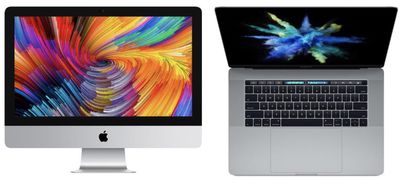
$120 Instant Rebate
- 21.5-inch iMac: 2.3GHz, 8GB RAM, 1TB HDD - $979.00, down from $1,099.00
- 21.5-inch 4K iMac: 3.0GHz, 8GB RAM, 1TB HDD - $1,179.00, down from $1,299.00
- 21.5-inch 4K iMac: 3.4GHz, 8GB RAM, 1TB Fusion Drive - $1,379.00, down from $1,499.00
$150 Instant Rebate
- 27-inch 5K iMac: 3.4GHz, 8GB RAM, 1TB Fusion Drive - $1,649.00, down from $1,799.00
- 27-inch 5K iMac: 3.5GHz, 8GB RAM, 1TB Fusion Drive - $1,849.00, down from $1,899.00
- 27-inch 5K iMac: 3.8GHz, 8GB RAM, 2TB Fusion Drive - $2,149.00, down from $2,299.00
$200 Instant Rebate
- 15-inch MacBook Pro with Touch Bar: 2.8GHz, 16GB RAM, 256GB SSD - $2,199.00, down from $2,399.00
- 15-inch MacBook Pro with Touch Bar: 2.9GHz, 16GB RAM, 512GB SSD - $2,599.00, down from $2,799.00
Of the three big Apple resellers, MacMall is now the only site that hasn't yet posted its Black Friday savings, so you can expect those deals to show up sometime later in the week as Thanksgiving and Black Friday grow nearer. For now, you can visit our Black Friday Roundup to see the full lists of deals currently going on at B&H Photo and Adorama, as well as prepare your shopping lists with sale previews from Best Buy, Target, Walmart, and more.



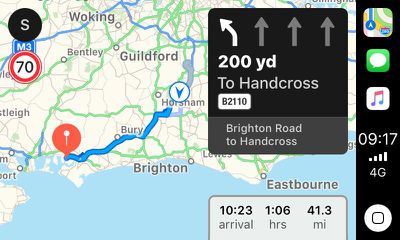

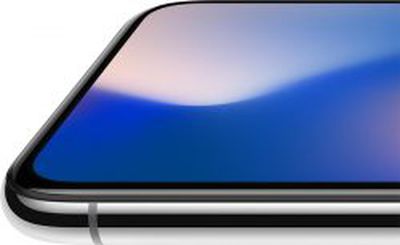 Apple is collaborating with its Taiwanese supplier TSMC to solve manufacturing issues preventing volume production of micro-LED display panels, according to
Apple is collaborating with its Taiwanese supplier TSMC to solve manufacturing issues preventing volume production of micro-LED display panels, according to 
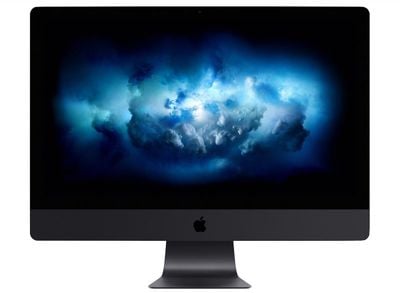
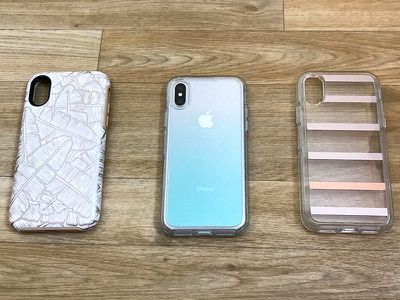







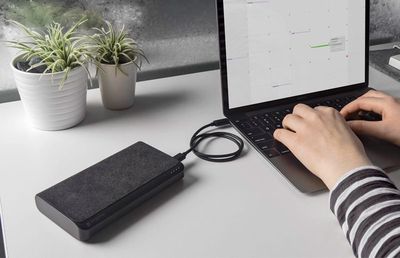
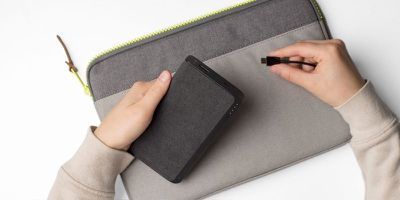

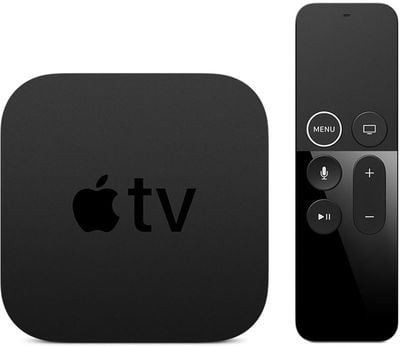
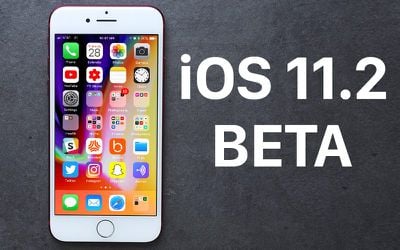

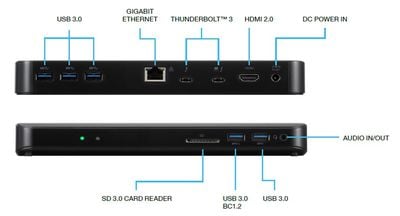
 Apple today announced it has delayed the release of the
Apple today announced it has delayed the release of the 